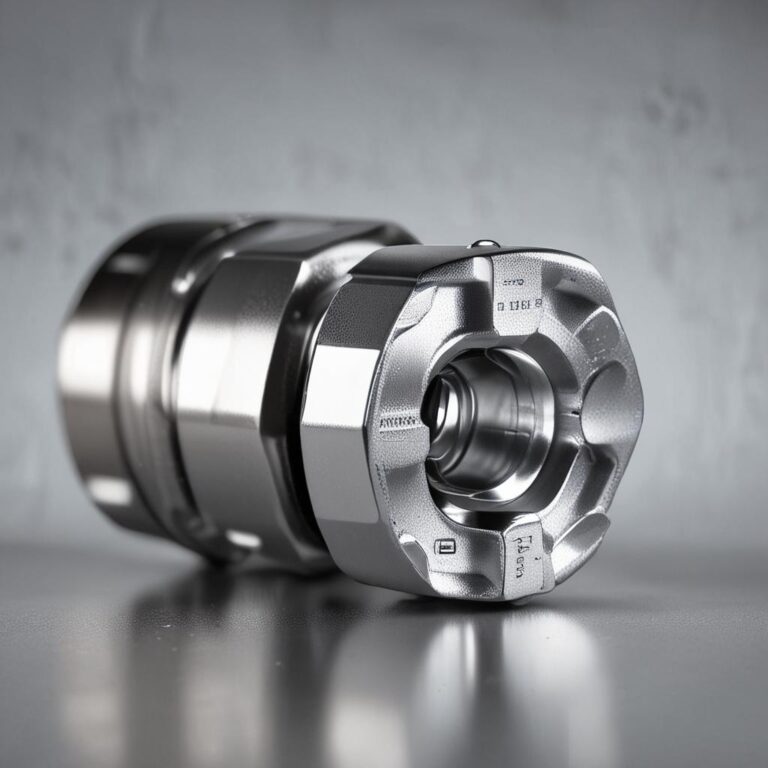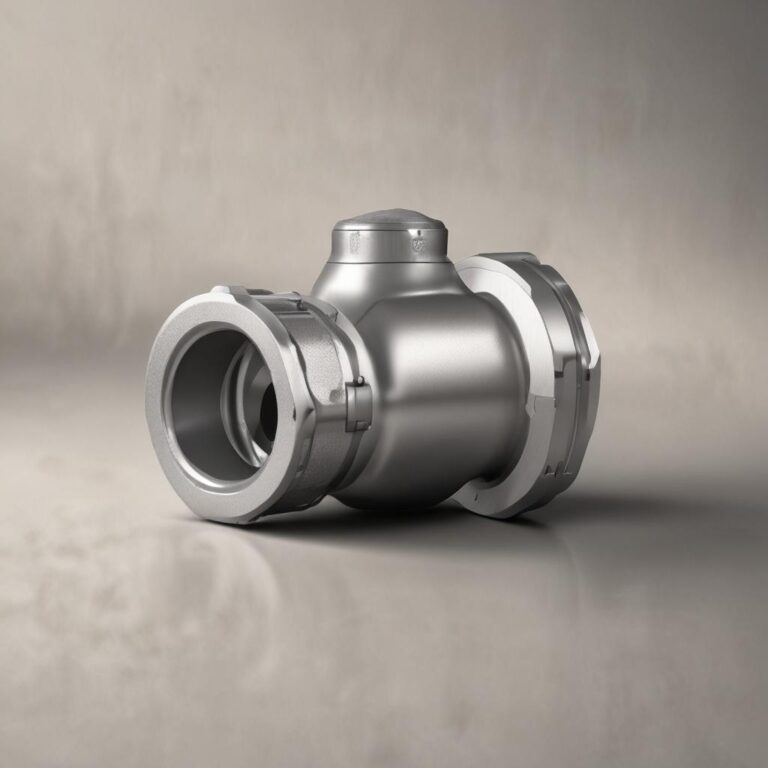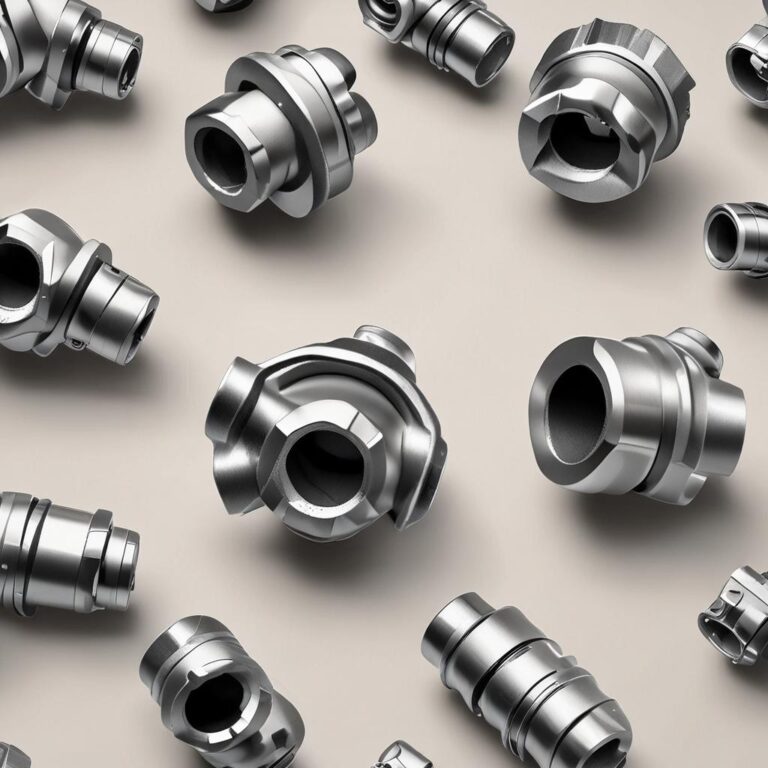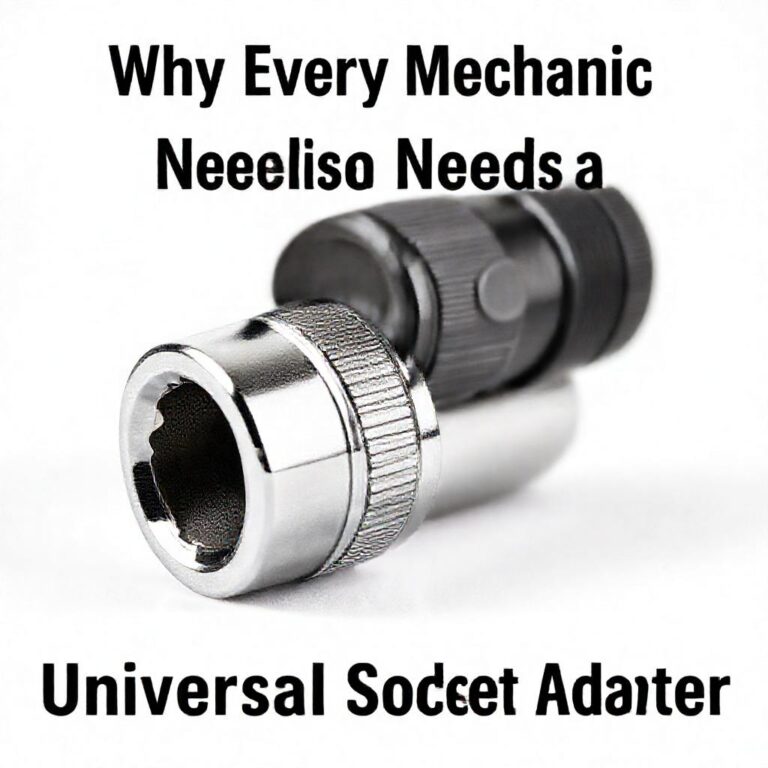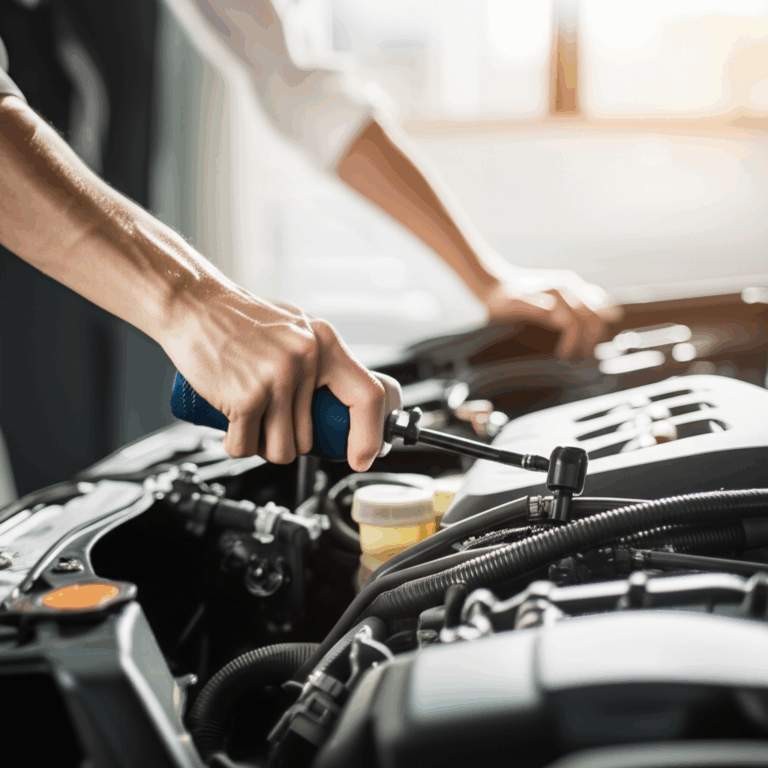Heavy-duty Couplings
In industrial machinery, the unsung heroes ensuring smooth power transmission are heavy-duty couplings. These mechanical components bridge rotating shafts, enabling efficient torque transfer while absorbing vibrations and compensating for misalignment. Whether in mining equipment, wind turbines, or manufacturing plants, selecting the right coupling is critical for operational reliability and longevity. A poorly matched coupling can lead to costly downtime, excessive wear, or catastrophic failure—making it essential to understand the types, applications, and selection criteria for these vital components.
What Are Heavy-Duty Couplings?
Definition and Basic Function
Heavy-duty couplings are designed to transmit high torque and power between rotating shafts in demanding environments. Unlike standard couplings, they are built with reinforced materials and robust construction to withstand extreme loads, temperature fluctuations, and harsh operating conditions. Their primary function is to maintain rotational efficiency while protecting connected machinery from shock loads and alignment discrepancies.
Key Features of Heavy-Duty Couplings
These couplings stand out due to their:
- High Torque Capacity: Engineered to handle significant rotational forces without deformation.
Types of Heavy-Duty Couplings
Flexible Couplings
Flexible couplings accommodate misalignment and reduce stress on shafts:
- Elastomeric Couplings: Use rubber or polymer inserts to absorb vibrations and compensate for angular, parallel, or axial misalignment.
Rigid Couplings
Rigid couplings require precise shaft alignment:
- Flange Couplings: Bolted flanges ensure direct power transfer, ideal for high-speed applications.
Specialized Heavy-Duty Couplings
For extreme conditions, specialized couplings include:
- Gear Couplings: Metal teeth engage for high torque, used in oil drills and heavy machinery.
Applications of Heavy-Duty Couplings
Industrial Machinery
Heavy-duty couplings power:
Key Features
High Torque Capacity
Designed for extreme torque loads in industrial applications.
Available
Corrosion-Resistant Coatings
Protective coatings for harsh environments and chemical resistance.
Available
Misalignment Compensation
Flexible design accommodates shaft misalignment without failure.
Available
Modular Design
Customizable components for various power transmission needs.
Limited
Vibration Damping
Reduces operational vibrations for smoother machinery performance.
Coming Soon
Feature overview for Heavy-duty Couplings
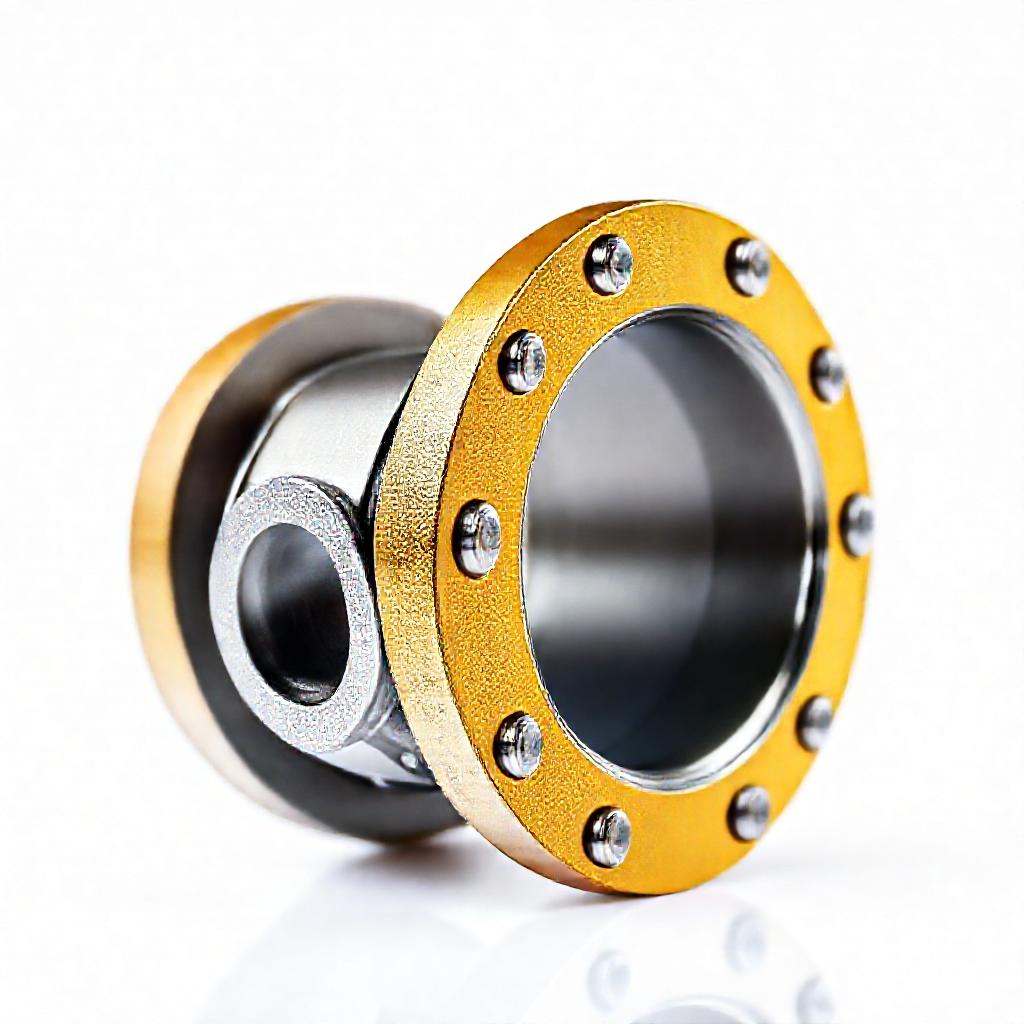
- Pumps and compressors in chemical plants.
Power Generation & Automotive
These couplings enable:
- Efficient energy transfer in wind turbines and generators.
Oil & Gas and Heavy Manufacturing
Critical for:
- Pipeline systems and drilling rigs.
How to Select the Right Heavy-Duty Coupling
Key Considerations
Evaluate these factors:
- Torque and Speed: Match coupling capacity to equipment requirements.
Common Mistakes to Avoid
Prevent issues by:
- Never underestimating load capacity—oversizing is safer.
Maintenance and Longevity Tips
Inspection and Lubrication
Regularly:
- Check for cracks, wear, or elastomer deterioration.
Replacement and Upgrades
Replace couplings showing:
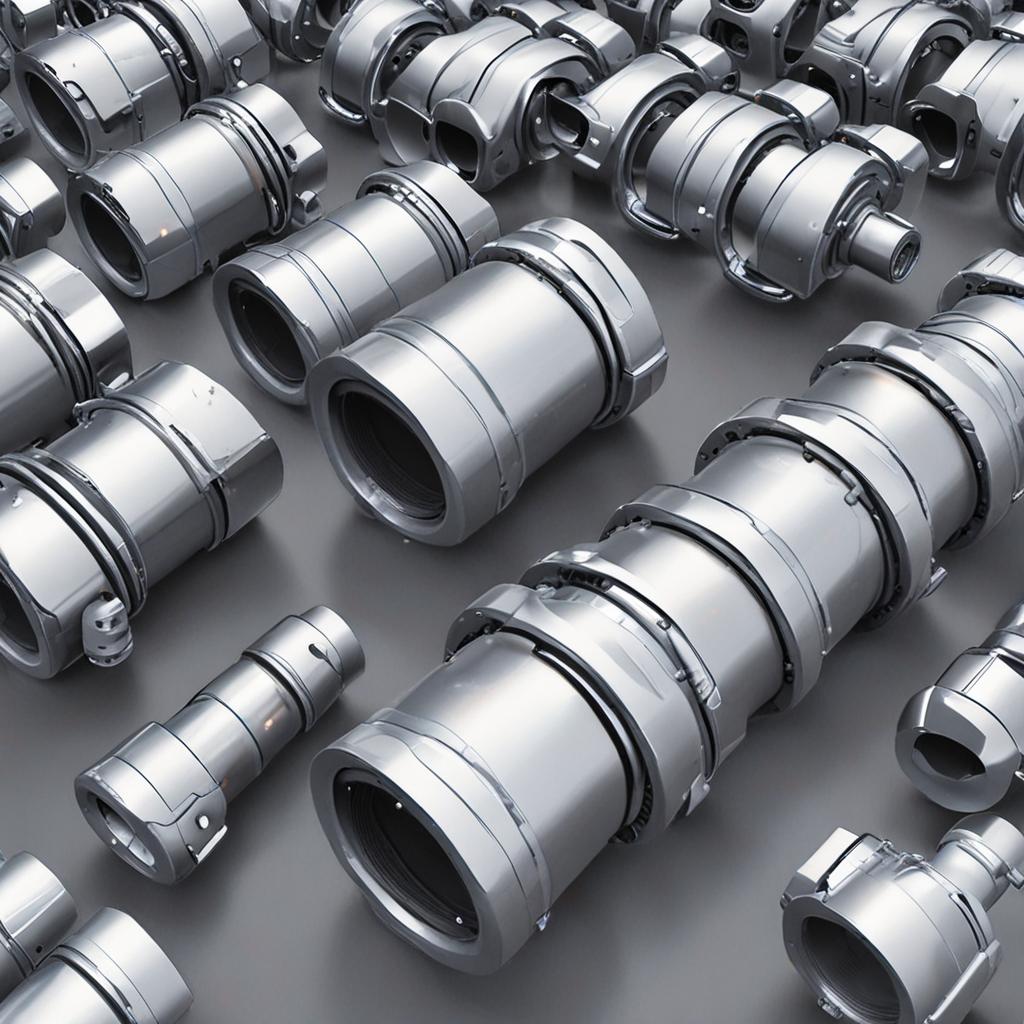
- Excessive play or vibration.
Upgrade to models with better sealing or vibration dampening for improved efficiency.
Conclusion
Heavy-duty couplings are indispensable in industries requiring robust power transmission. Choosing the right type—based on torque, alignment needs, and environment—ensures reliability and reduces downtime. Regular maintenance and timely replacements further extend their service life. For specialized applications, consulting engineering experts can optimize performance and safety. Invest in quality couplings today to safeguard your machinery’s future.
FAQ Section
1. What is the difference between flexible and rigid heavy-duty couplings?
Flexible couplings allow misalignment and shock absorption, while rigid couplings require precise shaft alignment for direct power transfer.
2. Can heavy-duty couplings handle high-temperature environments?
Some couplings are designed for extreme temperatures, but material selection (e.g., stainless steel, high-temp elastomers) is critical.
3. How often should heavy-duty couplings be inspected?
Inspections every 6-12 months are recommended for high-load applications, with more frequent checks for critical systems.
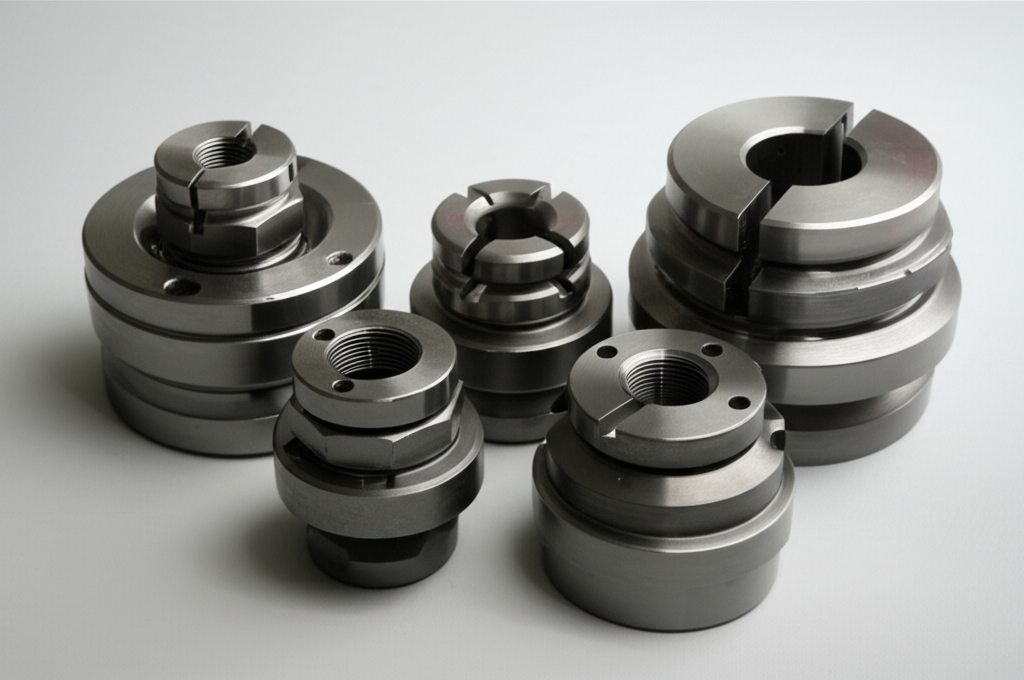
4. Are gear couplings better than grid couplings for high torque?
Gear couplings excel in extreme torque applications, while grid couplings offer superior shock absorption for variable loads.
5. What industries benefit most from heavy-duty couplings?
Industries like mining, oil & gas, manufacturing, and power generation rely heavily on these couplings for durability and efficiency.


